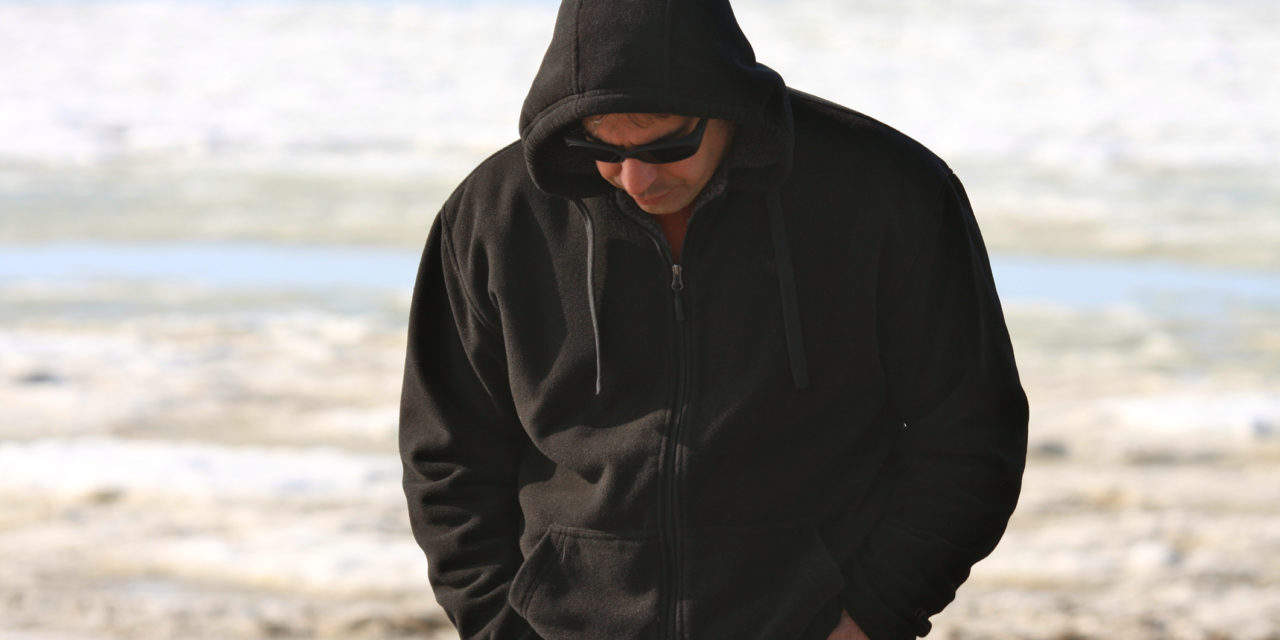Measuring stress levels
We all know we are stressed from time to time, but how do we actually go measure stress? A stress response that is inadequate leads to problems – either too much stress or an inefficient response. Equally, a stress response that is excessive or lacks regulation can sometimes be as harmful as the stress itself. In fact, stress can be a killer. Even single periods of stress in our past, such as mental illness, abuse or suffering, can cast long shadows and may be associated with shorter life expectancy.
You can measure stress levels in a number of ways:
Questionnaires to measure stress
A variety of questionnaires have been designed to measure stress. Given that measurement of stress is subjective, most of these rely on a degree of openness and self-awareness.
Other questionnaires record stressful life events, such as deaths and divorces, over a period of time, then add their scores together. Each event’s score is based on how stressful that event is deemed to be for most people. More specific surveys have been developed for certain professions and populations. Although imperfect, all have been shown to predict poor health outcomes.
Heart rate variability
This measures the beat-to-beat variations in our heart rates. It is one useful indicator of the balance between our sympathetic and parasympathetic nervous systems. The stressed heart is too steady, with less beat-to-beat variation than normal, indicating impaired regulation of our cardiovascular system, stressed systems and increased risk of death. Conversely, increased variability is an indicator of low stress, adaptability and longevity.
Cortisol levels
Repeated blood tests taken at regular intervals over a day or 24-hour urinary-free cortisol give a good picture of our changing patterns of cortisol release. Salivary cortisol tests are a simple and popular tool, but cannot determine our cortisol production over the course of a stressed day.
Skin temperature
When we are stressed, more blood flows to vital organs, such as our brains, while blood flow to our skin surface is reduced. This is partly how lie detectors and ‘mood rings’ detect stress or strong emotions. It is a simple way to get biofeedback on the success of any relaxation techniques we practice (which, by increasing activation of our parasympathetic nervous system, raises skin temperature).
Last Reviewed 27-Nov-2016
Dr Merlin Thomas
Latest posts by Dr Merlin Thomas (see all)
- How to increase DHEA levels - 28/09/17
- Testosterone supplement benefits & risks - 11/07/17
- Health effects of tea & coffee - 10/07/17






